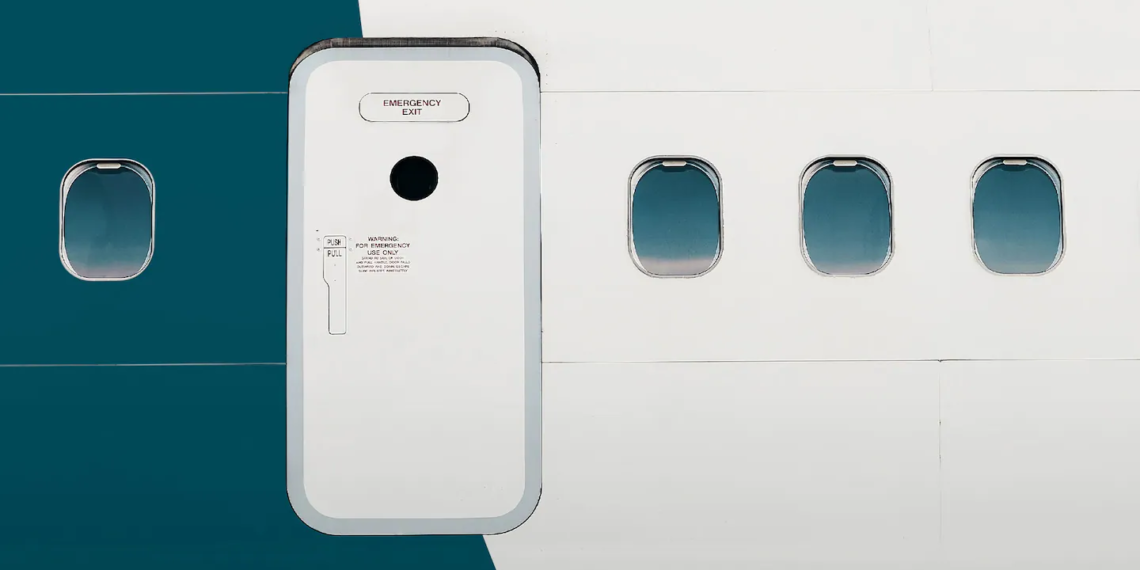“People are not strong enough,” said Doug Moss, a retired airline pilot and instructor in the aviation safety and security program at the University of Southern California’s Viterbi School of Engineering.
That is because no human is a match for the tremendous pressure holding the door in place.
Airplane cabins are pressurized, which lets people breathe normally even when flying at about 35,000 feet in the air. At typical cruising altitude, Ask a Pilot writer Patrick Smith notes on his website, as much as eight pounds of pressure push against every square inch of the plane’s interior — or more than 1,100 pounds against each square foot of the door.
“Just by pure pressure alone, the force required to open the door would be astronomical,” said Bob Thomas, an assistant professor of aeronautical science at Embry-Riddle Aeronautical University.
Moss said the pressurization would have the same effect on any door on a plane, including the emergency exits, which are designed to be used in the event of an evacuation when the plane is no longer in the air.
That’s the door a Delta passenger tried to open during a flight from Salt Lake City to Portland, Ore., on Friday. The 32-year-old man allegedly removed the plastic covering over the handle of the emergency exit and pulled the handle; he later told police that he wanted to be recorded so he could share his thoughts about the coronavirus vaccine. A flight attendant ordered him to let go of the handle, and members of the flight crew restrained him, a Justice Department news release said.
In Sunday’s altercation, a man tried to open the main passenger door on an American Airlines flight from Los Angeles to D.C. before passengers and crew subdued him, according to the flight attendants union and witnesses. The flight diverted to Kansas City, Mo., where the FBI took the man into custody.
Experts say that while disruptive passengers won’t be…




